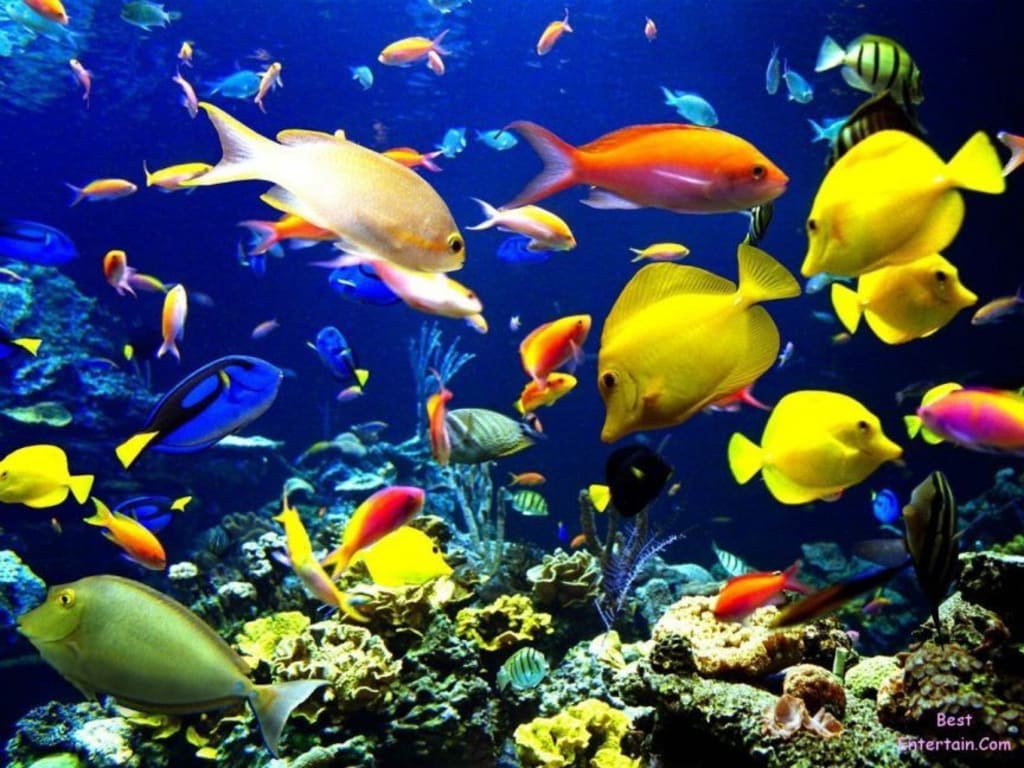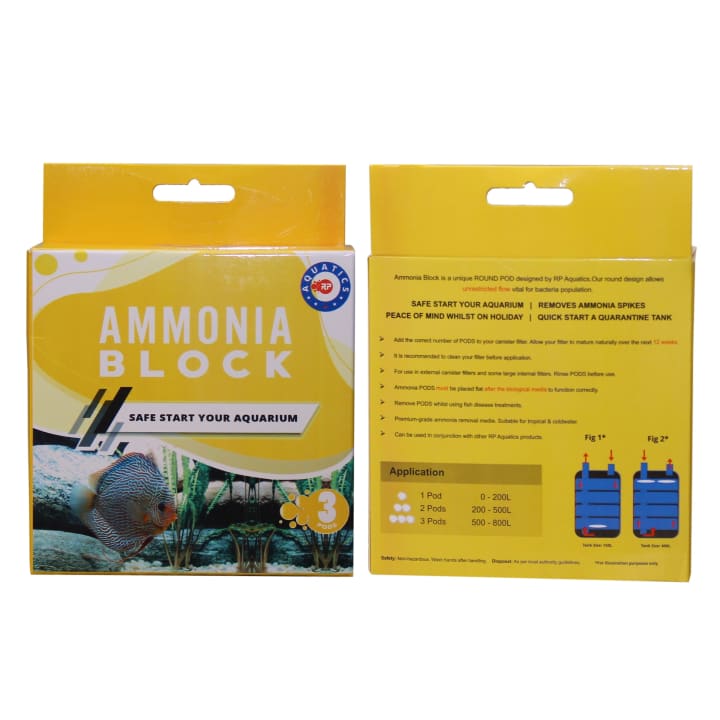Ammonia Advice For Fish Tanks and Aquariums
Top tips to reduce and identify ammonia spikes in domestic fish tanks and aquariums

Home aquariums have become increasingly popular as accessibility and general quality has improved with products like the biOrb taking the aquatic world by storm. For those dipping their toes into the world of aquatic upkeep for the first time, they may be taken aback by the variety of options available as well as the various filters that are needed for the proper maintenance of an aquarium.
One such filter is an ammonia filter, which is not something most people will have come into contact with. Filters aren’t generally used with typical fish tanks so it may not be readily apparent what an ammonia filter does and what its purpose is. This article hopes to clarify all this as well as explain what ammonia actually is and why it’s hazardous to your fish.
What is ammonia?
Ammonia is a toxic compound that is created as a waste product and can be a major killer in a fish tank or aquarium. As a colourless compound, it can be hard to detect and this means it can cause major damage unnoticed. The main signs of an ammonia overload in your tank is your fish looking lethargic or going to the top or bottom of the tank breathing heavily is a strong indicator something is wrong.
How does ammonia enter your tank?
Ammonia ends up in your tank through a number of ways. The most common is from the fish themselves and from organic matter such as plants and food. This is why overloading your tank with new fish can be dangerous as you add too much ammonia at once with the fish tank unable to cope with it through natural means. This is why it is usually recommended to wait 3 months to allow the nitrogen cycle to occur before adding lots of new fish to the tank. This is also why it is important to not overfeed your fish as it is simply introducing organic matter and ammonia to the water.
Managing your ammonia levels
Your aquarium will go through something called a nitrogen cycle naturally where useful bacteria consume the ammonia and convert it into nitrates which can be removed from the water via another filter or through the use of plants which naturally consume nitrates. This is a natural process but it is also delicate and an off-balance can cause the cycle to break and for ammonia levels to be quickly unmanageable.
Biological filters are also commonly used in aquariums. These work in the same way as the natural bacteria. They provide a home for the bacteria and allow a natural flow for the water, helping to clean it and convert the ammonia into nitrates.
The other way is to use an Ammonia Block. This is a form of chemical filtration therefore goes after the biological filtration and is a separate solution. Ammonia Block allows your filter to grow its colony of bacteria slowly as you add your fish without allowing ammonia past the chemical area, preventing an ammonia spike. Through this unique process the mechanical section holds waste. As it breaks down in the filter flow, it produces ammonia which intern feeds the biological section, allowing bacteria growth and a natural cycle. Any excess ammonia will be removed by the Ammonia Block, safeguarding your aquarium.

Ammonia is something that you will need to be aware of and be able to keep under control as a home aquarium or fish tank owner. There are various products available on the market that allow you to keep track of the ammonia levels of your water as well as the previously mentioned Ammonia Block which allows you to keep those levels under control.
Further Reading
https://www.resin-products.com/index.php
https://be.chewy.com/controlling-ammonia-in-a-fish-aquarium/#:~:text=If%20an%20ammonia%20spike%20does,and%20tropical%20fish)%20to%20recover.
https://www.tropical-fish-friends.com/ammonia-spike.html
https://www.fishkeeping.co.uk/articles_118/ammonia-nitrite-spike.htm





Comments
There are no comments for this story
Be the first to respond and start the conversation.